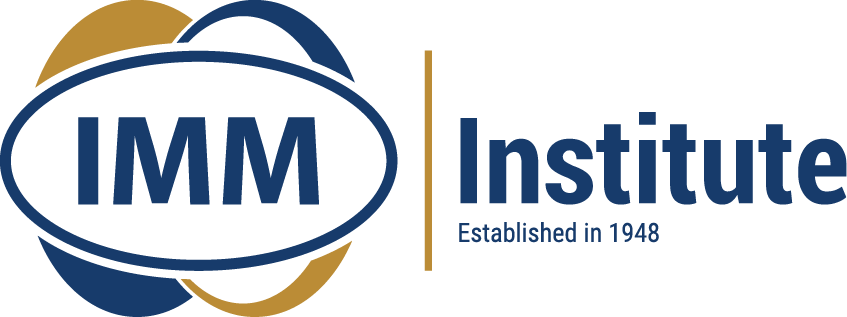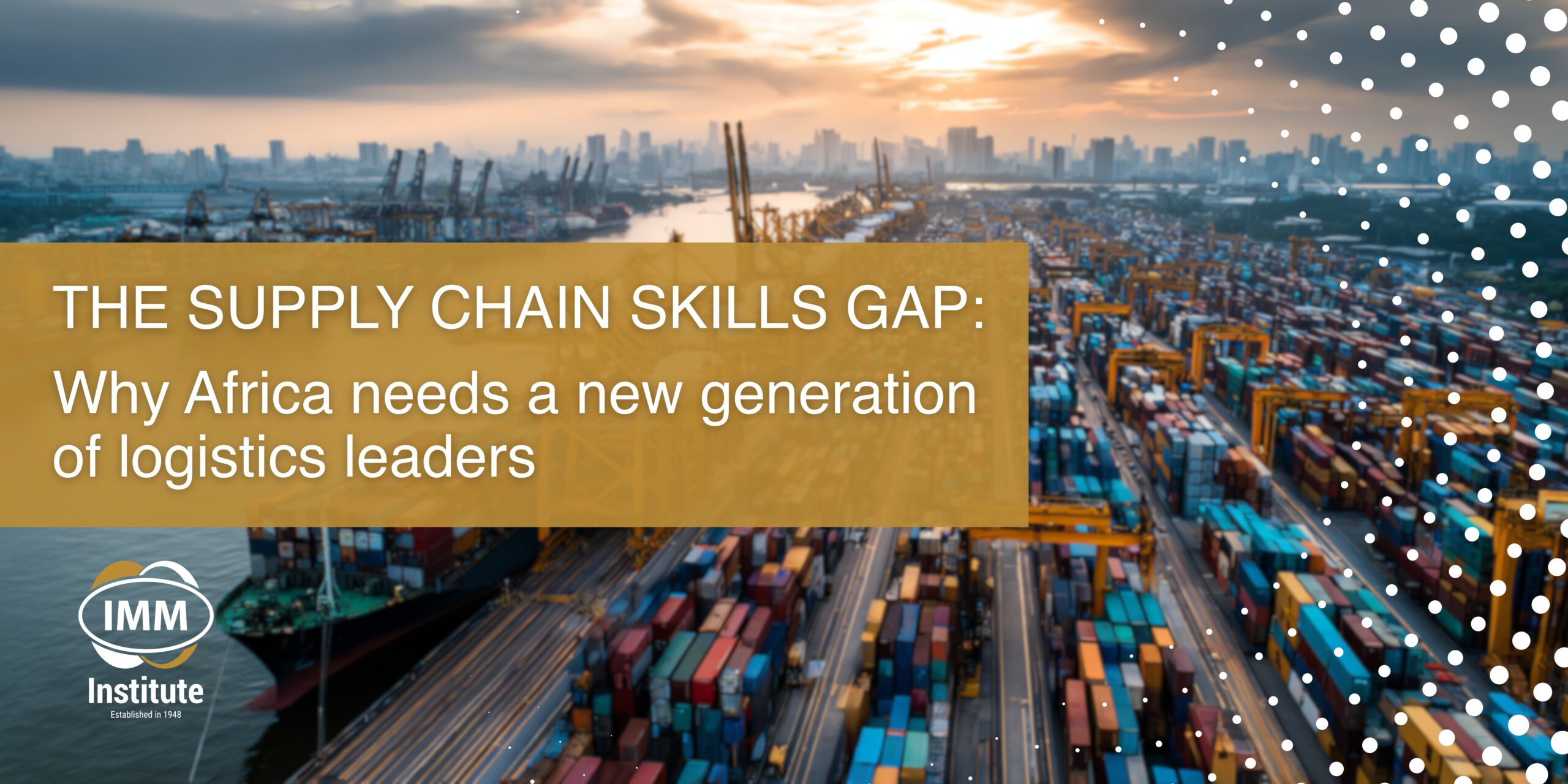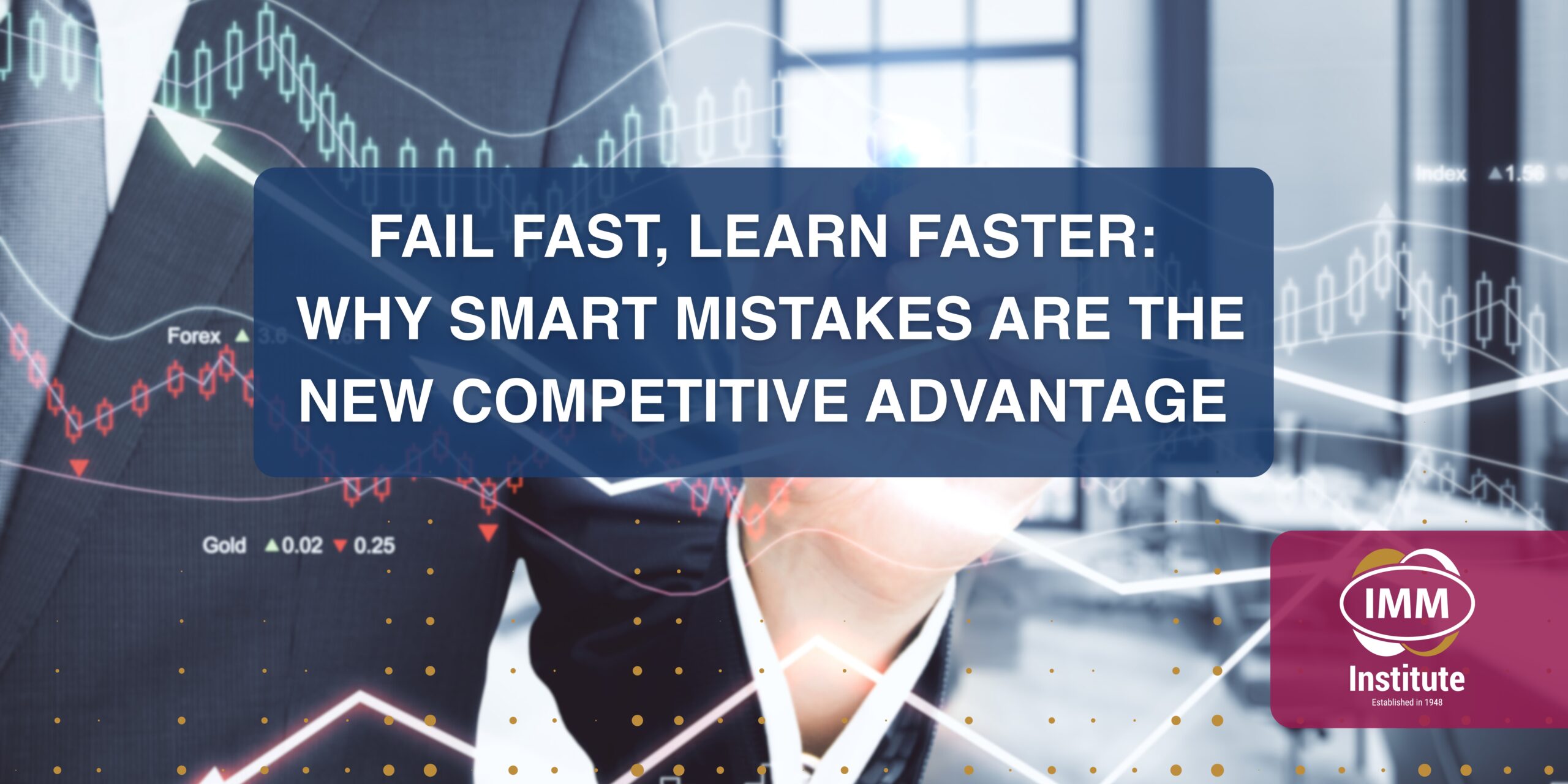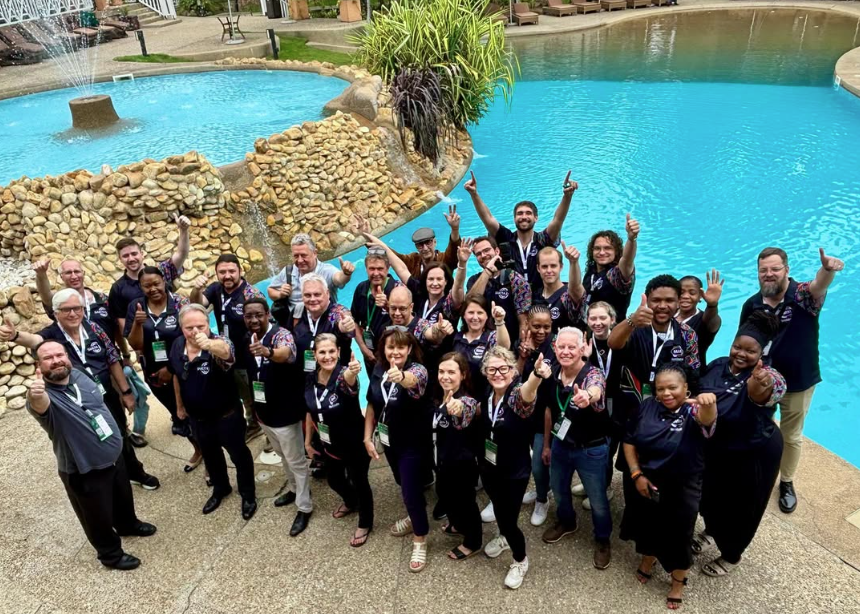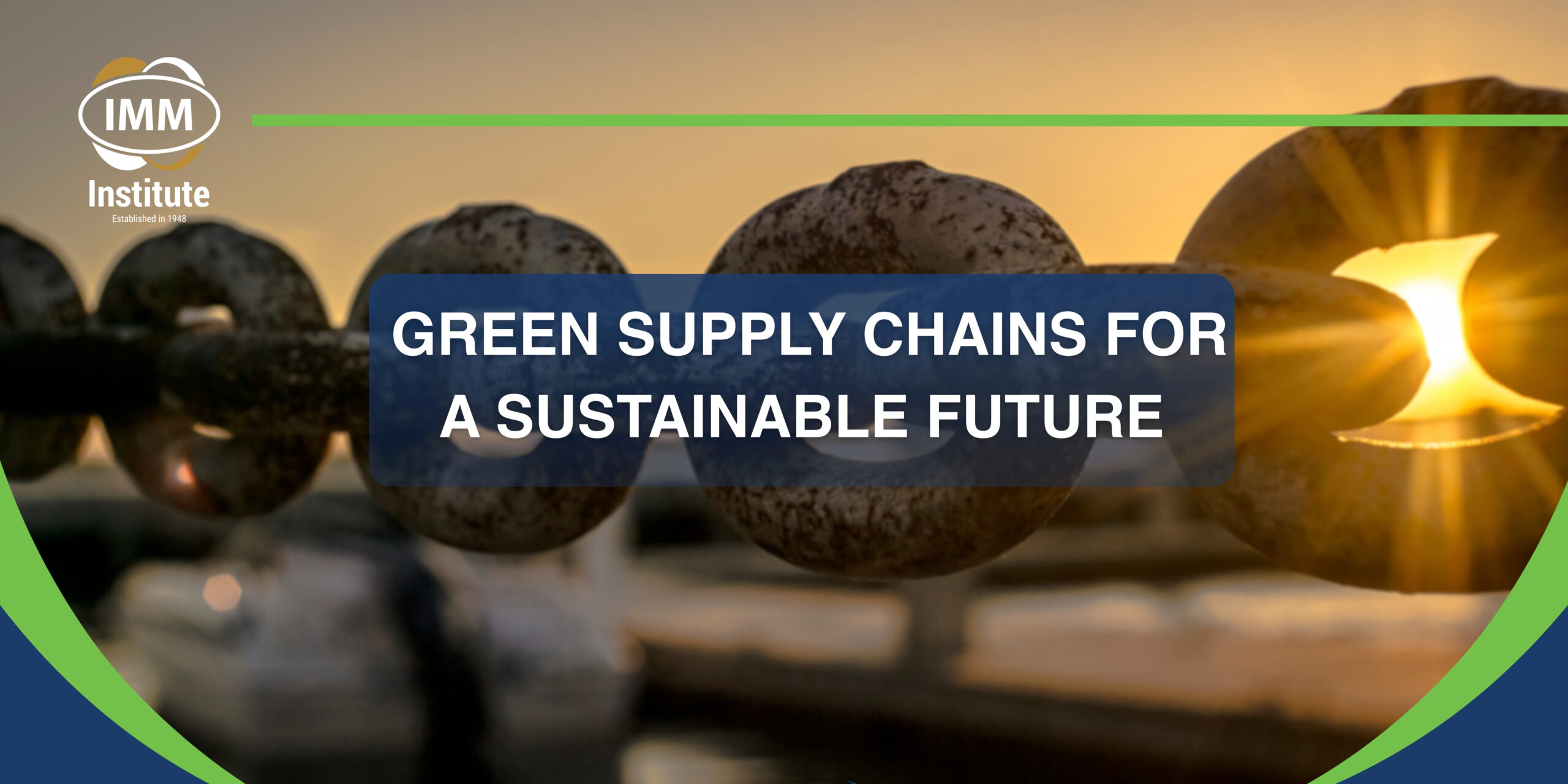
Decision-making under pressure: What great managers do differently
A crisis doesn’t build pressure, it reveals it. When markets shift and data falls apart, some managers freeze while others act with precision. What separates them comes down to discipline and balance. Great leaders think clearly under strain because they combine structure with composure, and logic with restraint. That balance turns pressure into performance.
Using structured approaches
When pressure hit’s structure keeps decisions steady. The decision-making model ‘OODA Loop’ is a four-stage decision-making model consisting of Observe, Orient, Decide, and Act. Micro highlights that it was developed by Air Force Colonel John Boyd who extended his military experience to any industry that requires rapid, adaptive decision making. It can be used when you don’t have all the important information and helps leaders stay aware, adjust quickly, and learn with each step. Its strength lies in movement, where decision-making evolves, not ends.
The Rational Decision-Making Model, on the other hand, takes a slower route. This model’s approach is based on using logic and reason to make decisions. It defines the problem, builds options, weighs results, and acts. It becomes applicable when decisions have lasting consequences, and where reflection matters more than speed.

Staying emotionally steady
Logic alone does not steady a leader. Emotional control often decides outcomes under stress. Managers who know their triggers protect judgment from impulse. Goleman’s research on emotional intelligence shows that awareness and restraint drive better leadership those who pause before reacting keep problems contained and directions clear.
Matching response to context
Additionally, the Cynefin Model adds depth by fundamentally categorising situations and was developed to help leaders understand their challenges before making decisions. It shows that not every problem demands the same response. Some are simple. Others are complex or chaotic. Crises call for quick action before reflection while unclear conditions need experimentation and feedback instead of rigid solutions. According to this model, good leadership means knowing which situation you’re in before acting.

Balancing instinct with experience
Intuition works alongside logic. It reflects years of stored experience processed below awareness. Dane and Pratt describe it as an emotional judgment built through quick, holistic thinking. It offers value but also poses some risk – bias and overconfidence grow when unchecked. Remember, skilled managers trust instinct but test it against evidence.
Leading through uncertainty
Finally, great managers do not wait for clarity. They act despite uncertainty. They rely on frameworks for structure, control for balance, and experience for timing. Under pressure, decision-making becomes less about reacting and more about leading.

Upskill for better decision-making
Pressure tests more than leadership, it tests process. The ability to plan, adapt, and execute during a crisis sets great managers apart. The Fundamentals of Project Management Short Course from IMM Institute gives tools to structure decisions, manage risk, and deliver results under pressure.
